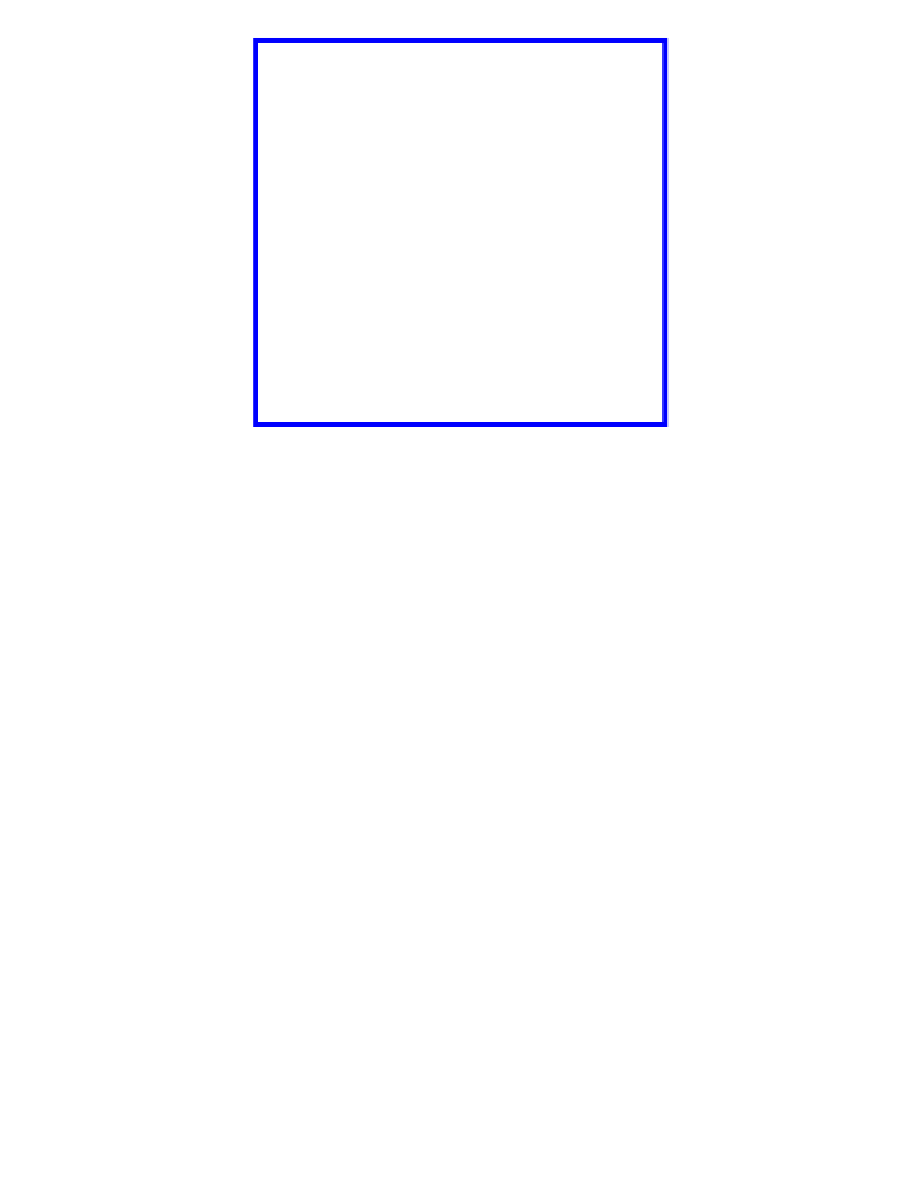Environmental Engineering Reference
In-Depth Information
FIGURE 1.6
Geometry of a simple chain molecule, illustrating the definition of
interatomic distance r
23
, bend angle, and torsion angle .
1
2
(
)
2
∑
r
U
=
kr r
−
(107)
intramolecular
ij
ij
eq
bonds
1
(
)
2
∑
0
+
k
00
−
(108)
ijk
ijk
eq
2
bonds
angles
1
(
)
2
∑∑
m
ijkl
φ
,
+
k
1
+
cos(
m
φ −g
(109)
ijkl
m
2
torsion
m
angles
The geometry is illustrated in Fig. 1.6. The “bonds” will typically involve the
separation between adjacent pairs of atoms in a molecular framework, and we
assume inEq. (107), a harmonic form with specified equilibrium separation, al-
though this is not the only possibility. The “bend angles”are between successive
bond vectors such as and , and therefore involve three atom coordinates:
(
)
(
)
(
)
−
1/ 2
−
1/ 2
(110)
ˆˆ
cos
q
=
rr
.
=
rr
.
r r
.
r r
.
ijk
ij
jk
ij
ij
jk
jk
jk
jk
where Usually this bending term is taken to be quadratic in the angular displace-
ment from the equilibrium value, as in Eq. (110), although periodic functions are
also used. The “torsion angles”ijkl are defined in terms of three connected bonds,
hence four atomic coordinates:
(111)
cos
φ =−
n
ˆ
.
n
ˆ
,
where n
= ×
r
r
,
n
= ×
r
r
ijkl
ijk
jkl
ijk
ij
jk
jkl
jk
kl


Search WWH ::

Custom Search